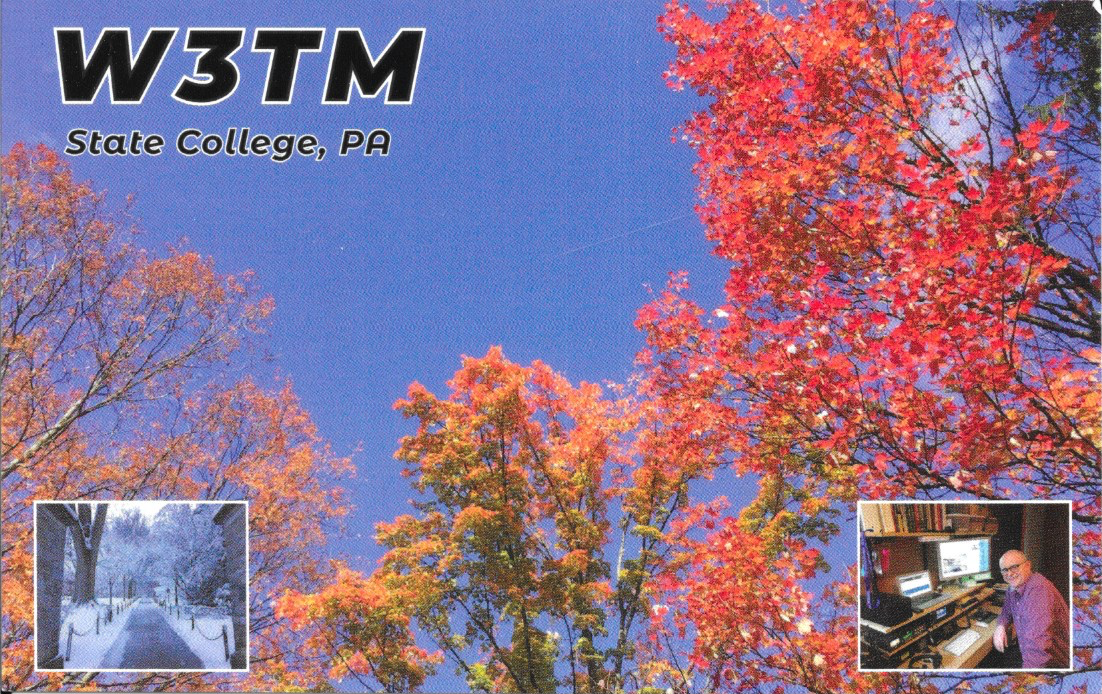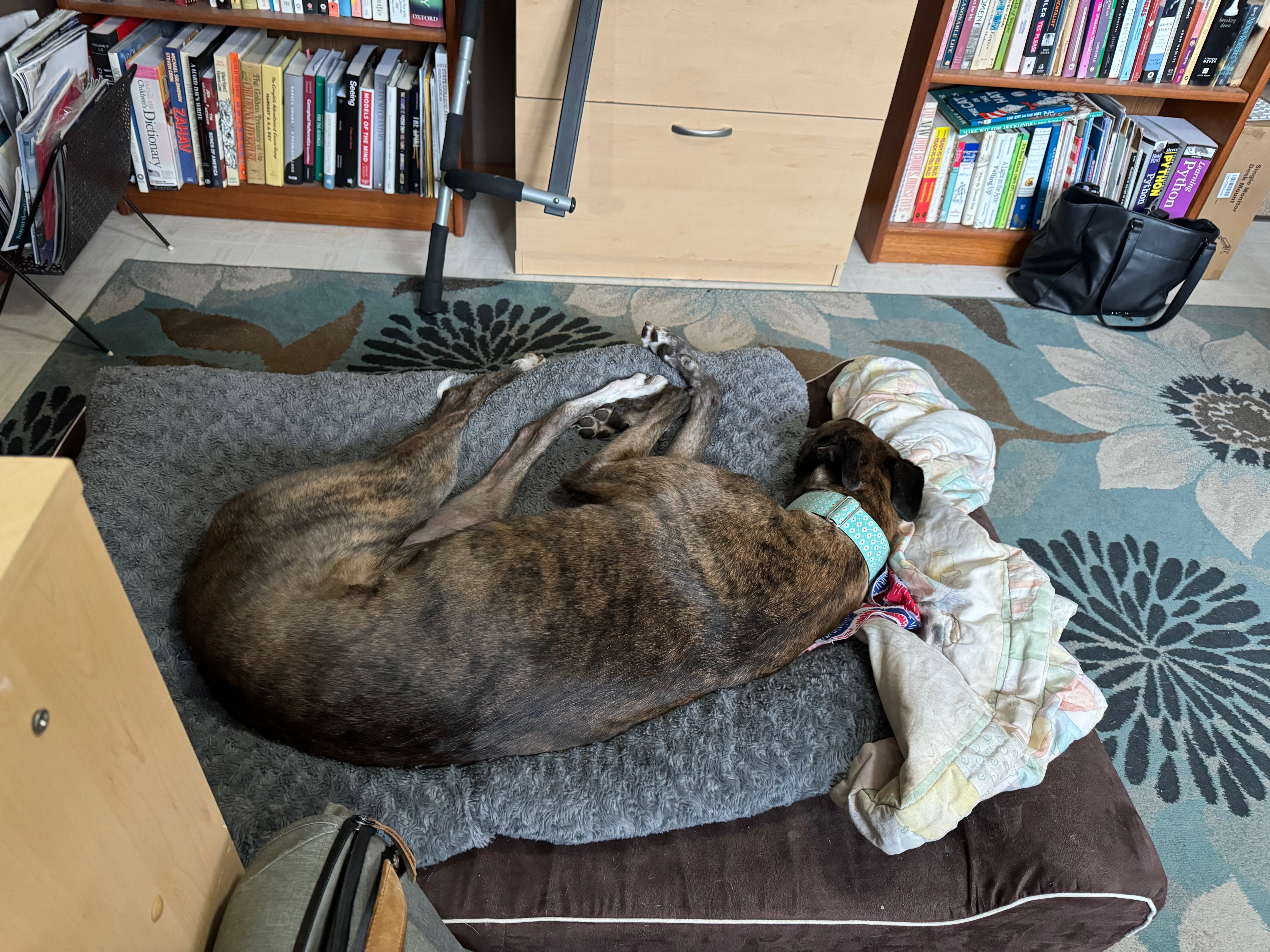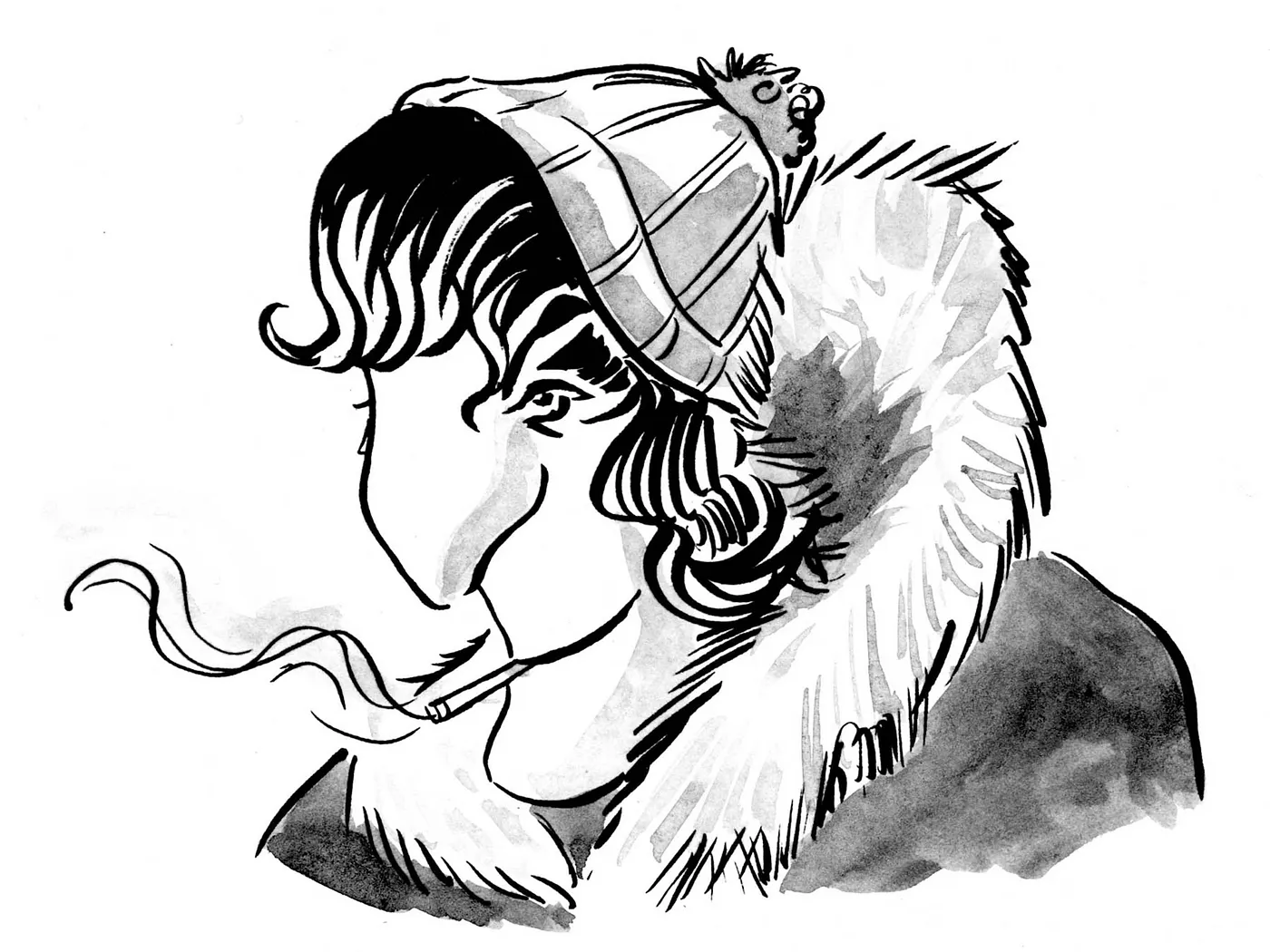Gilmore, R. O., Thomas, A. L., & Fesi, J. (2016). Children’s brain responses to optic flow vary by pattern type and motion speed.
PloS One,
11, e0157911.
https://doi.org/10.1371/journal.pone.0157911
Huff, D. (1993).
How to lie with statistics. New York, NY: WW Norton. Retrieved from
https://www.amazon.com/How-Lie-Statistics-Darrell-Huff/dp/0393310728
Iso, A. (2016).
Bread - if original [1971]. Youtube. Retrieved from
https://www.youtube.com/watch?v=IQyKMueMFGk
Lindsey, R. (2024, April 9). Climate change: Atmospheric carbon dioxide. Retrieved November 8, 2024, from
http://www.climate.gov/news-features/understanding-climate/climate-change-atmospheric-carbon-dioxide
Matejka, J., & Fitzmaurice, G. (2017). Same stats, different graphs: Generating datasets with varied appearance and identical statistics through simulated annealing. In
Proceedings of the 2017 CHI conference on human factors in computing systems. New York, NY, USA: ACM.
https://doi.org/10.1145/3025453.3025912
Monmonier, M. (2018).
How to lie with maps (3rd ed.). Chicago, IL: University of Chicago Press.
https://doi.org/10.7208/chicago/9780226436081.001.0001
Qian, Y., Berenbaum, S. A., & Gilmore, R. O. (2022). Vision contributes to sex differences in spatial cognition and activity interests.
Scientific Reports,
12, 17623.
https://doi.org/10.1038/s41598-022-22269-y
Silberzahn, R., Uhlmann, E. L., Martin, D. P., Anselmi, P., Aust, F., Awtrey, E., … Nosek, B. A. (2018). Many analysts, one data set: Making transparent how variations in analytic choices affect results.
Advances in Methods and Practices in Psychological Science,
1, 337–356.
https://doi.org/10.1177/2515245917747646
The
Datasaurus dozen - same stats, different graphs |
Autodesk
Research. (n.d.). Retrieved June 2, 2019, from
https://www.autodeskresearch.com/publications/samestats












